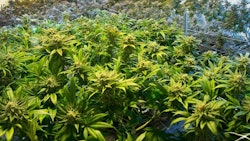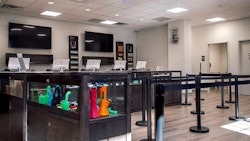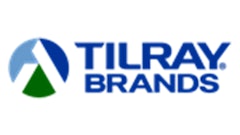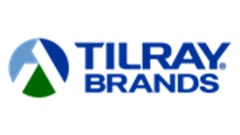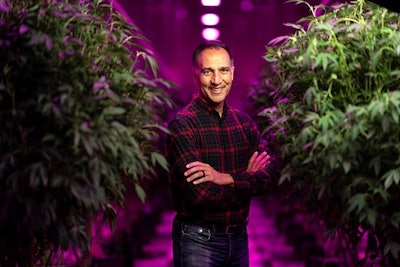
When DNA Genetics sought out a partner in Arizona’s medical cannabis market, Copperstate Farms had the space required to pull off a large-scale pheno-hunt to bring the brand’s best genetics to a new field of patients.
At the time, in April 2019, Copperstate was working on a 40-acre retrofit at a greenhouse facility in Snowflake, Ariz. (about three hours northeast of Phoenix). The team had all the space they needed to draw out DNA’s unique plant characteristics.
“We were able to devote quite a bit of energy and time toward the endeavor,” CEO Pankaj Talwar says, referencing the 12,000 seeds that started the project. “We went through this extremely deliberate process to hone in on which varieties, which phenotypes, which genetics would not only satiate the demanding nose and taste and desirability that [DNA co-founders] Don [Morris] and Aaron [Yarkoni] have, but at the same time they need to survive the harsh environmental stresses of our greenhouse.”
The teams worked together to winnow those 12,000 seeds to 12 or 15 mother plants, Talwar says, which now help propagate much of what Copperstate Farms is bringing to the marketplace via the company’s Sol Flower retail brand.
“This was our way to ensure that we could provide to the market the best outcome of both their genetics and our greenhouse,” he says.
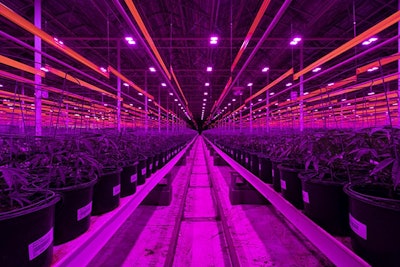 copperstate farms
copperstate farmsIt’s now June 2020, and the company is rounding the bend on the last 10-acre phase of its retrofit project. The greenhouse is divided into four “arenas” of 10 acres each—a throwback to its origins as a hydroponic tomato facility developed by a Canadian couple who’d won the lottery and went off in search of the perfect climate for greenhouse produce cultivation. Snowflake, Ariz., with its 5,000 sunny feet of elevation and proximity to a local aquifer, fit the bill.
When Copperstate Farms purchased the facility in 2016, the team needed to refurbish and renovate the facility. This involved taking a setting developed for tomatoes and turning into something built for cannabis. The Copperstate team needed to create the proper air flow and irrigation channels, along with a total rethinking of the floor plan for a team that would be closely monitoring dozens of phenotypes on a daily basis.
Whereas tomatoes boast a stable genetic line, simply due to the breeding market’s evolution over the years, cannabis is far less reliable. This poses the central challenge for any commercial greenhouse retrofit in the cannabis space.
“In cannabis, we don’t have established genetics that are tested across several generations,” Talwar says. “We don’t have the predictability. We have actually a lot of variation. And we do 50 strains in-house at a time, because our patients demand variety.”
At that scale, the Copperstate team needed the ability to customize its workflow from room to room. It’s a matter of trial and error—constant experimentation, Talwar says—that is driven by conversations among team members about what’s working and how those processes are reflected in yields.
Another interesting point here: The Copperstate greenhouse expands by one yard every summer. The heat affects the metal and glass, thus stretching black-out curtains and providing an additional level of stress for the team to manage—on top of regular seasonal shifts in Arizona. It’s another point on which the team will need to make sure that this stress isn’t creating any male plants among the crop.
“There [are] a thousand ways to get cannabis wrong, and there are a handful of ways that you can thread the needle,” he says. “When you face 50 strains that are going through various levels of perpetual harvest and production in an environment that is not perfect, we have to constantly mend and fix. We’re growing so fast that we always end up outgrowing what would be the best, consistent way to do things. We’re constantly renovating, innovating and refurbishing our arenas, so that we can create larger quantity and quality of flower.”










